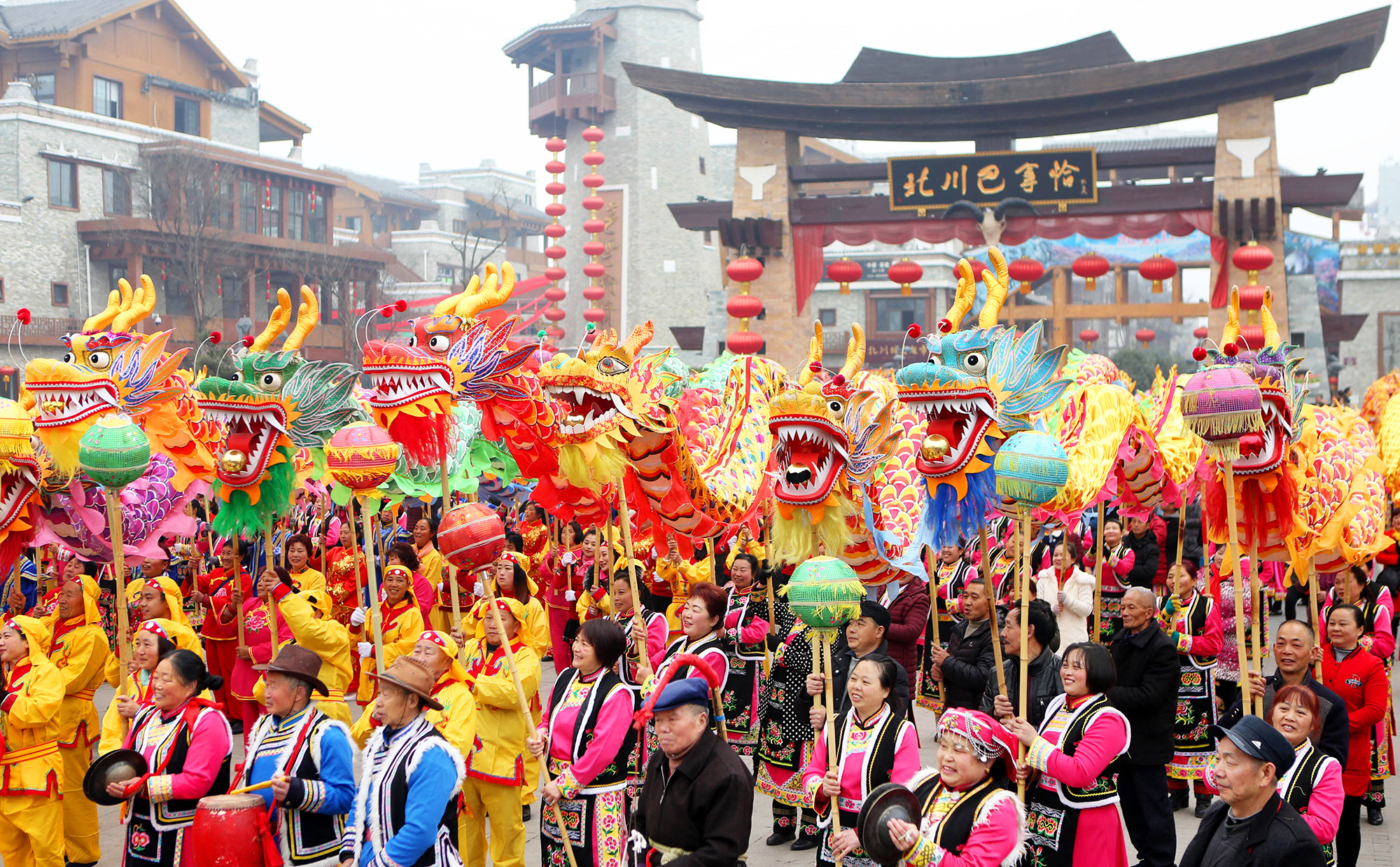We’re all familiar with myths, legends and fairytales. It’s always interesting to see how they explain traditions that we still have in modern society today—the things we feel are normal, but are actually quite weird if we think about it.
So why do the Chinese celebrate the Spring Festival (Chinese New Year) the way they do? Why do people put up red decorations and light firecrackers? Who chose the 12 Chinese zodiacs? What‘s the point of malt candy?
The stories date back thousands of years ago. Here is a collection of a few popular and interesting Chinese New Year myths.
The Monster and New Year’s Eve:
In ancient times, there was a monster named Nián (年). It usually lives at the bottom of the sea and comes up once a year to feast on animals and humans. On this day, the villagers would all escape into the mountains.
One year, a beggar came to seek shelter, but everyone was hurrying away. Only an old woman took him in and he promised to chase Nian away. He busied himself with decorating the homes.
At midnight, Nian lumbered in but stopped short when it saw the red paper on the doors. As it roared in anger, firecrackers suddenly sounded and it trembled in fear. When it saw the beggar, dressed in red, laughing at it, it could only run away.
The villagers came back the next day and were pleasantly surprised that the homes were all still standing. They realized that loud noises and the colour red were Nian’s kryptonite.
This is why, on New Year’s Eve, families eat dinner in their homes fortified by red decorations. At midnight, firecrackers are sounded. In addition, people will wear new and festive red clothing to celebrate.

Residents of Mianyang, China, dress up for dragon dances to welcome the Year of the Dog on Feb. 16.
Evil Spirits and Poetry:
One of the red decorations that Chinese people love is Spring Festival couplet poems (春联 / chūn lián). They are pasted on both sides of the doorframe. And Nian isn’t the only monster that these poems protect you against!
More specifically, they guard against demons who wander around the human world at night looking for trouble. They must return to the underworld at dawn. Two gods guard the entrance, which is under a giant peach tree. Any demons that harmed humans during the night would be seized and fed to the tigers.
To safeguard their homes, people began to carve the gods’ names into peach wood tablets. By placing them outside their doors, they were able to scare the demons away.

Photo Credit: Time Out
Fortune has Arrived!
Another decoration is calligraphy. The most common word is fú (福), meaning happiness or fortune. But you’ll rarely see it upright.
It is said that in the Ming dynasty, the Emperor ordered every household to decorate by pasting fu onto their doors. On New Year’s Day, he sent soldiers to check. They found that one illiterate family passed the world upside down.
The Emperor ordered the family to be punished by death. Thankfully, the Empress was there and came up with an explanation: “Upside down” (倒 / dào) is a homophone of “here” (到 / dào). When it’s upside down, it means that fu is here.
The explanation made sense to the Emperor and he set the family free. From then on, people would hang the world upside down, both for fortune and in remembrance of the kind Empress.
Read more on the Lunar New Year myth here.
Published on HOLR Magazine.


